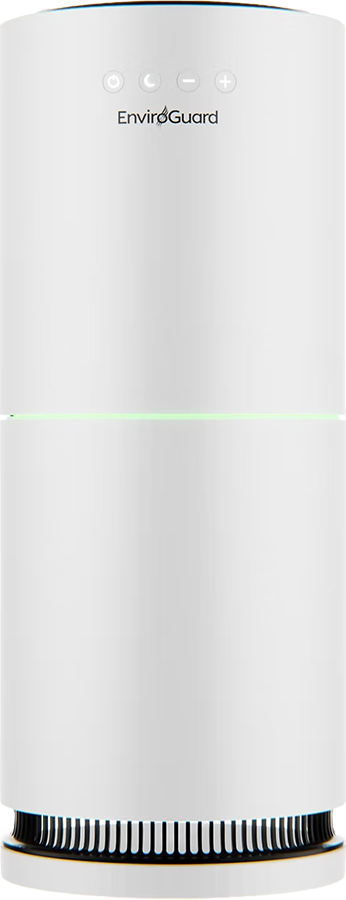Our Process
What to Expect
At Alpha Air Quality, we believe the process is just as important as the outcome. Rushing through an indoor environmental project without fully understanding the cause can leave families in the same unhealthy environment—or worse. That’s why we take a careful, intentional approach to every assessment and remediation. It starts with listening and continues with clear communication, evidence-based investigation, and methodical execution. Our goal is simple: to give you peace of mind by making sure nothing gets overlooked, and everything gets done the right way—the first time.
1. We Listen First
Before we even pick up a tool, we talk with you. We want to understand your health concerns, symptoms, and any history with the home. This helps us focus our investigation and make sure we're addressing what really matters.
2. We Walk the Property Together
You’ll guide us through the areas of concern. We look for visible signs of water damage, ventilation issues, previous repairs, and any clues that might point to hidden contamination.
3. We Investigate Deeper
Using tools like moisture meters, particle counters, borescopes, and surface sampling—when necessary—we investigate beyond what the eye can see. We also pay close attention to the layout and materials of your home, looking for patterns others may miss.
4. We Correlate Environmental Findings With Health Clues
If you’ve done medical testing (like mycotoxin or ERMI reports), we help connect those results with what we’re seeing in the environment. This step is key in identifying meaningful, actionable links between your symptoms and potential environmental triggers.
5. We Offer Clear Next Steps
Before we leave, we review our initial findings with you and explain what happens next. You’ll get honest answers, not fear tactics—just a practical, evidence-based path forward.
At Alpha Air Quality, every remediation job is unique. While we follow a proven, professional framework, each project is tailor-fit to the specific conditions of your home and your individual needs. No two situations are the same, so our approach is always personalized. That said, once we've completed your in-home environmental assessment and identified the sources of contamination, here’s a general outline of the steps we typically follow:
1. We Set Containment
We begin by carefully sealing off the affected areas with professional-grade containment to prevent cross-contamination. This includes plastic sheeting, zip walls, negative pressure where necessary, and HEPA filtration using air filtration devices (AFDs) to keep mold spores and dust from spreading to clean areas.
2. We Remove Contaminated Materials Safely
Any materials affected by mold or water damage—like drywall, insulation, or flooring—are removed using controlled demolition. We follow strict protocols to reduce particle spread, wear proper PPE, and ensure the workspace stays contained and secure.
3. We Clean and Detail the Space
After removal, we perform a detailed cleaning using HEPA vacuums, botanical antimicrobials, and hand-wiping methods. We target settled dust, spores, and microscopic particles, leaving the area as clean as possible before build-back.
4. We Address the Source
We don’t just treat the symptoms—we help identify and explain the root cause. Whether it’s a leak, poor ventilation, or improper construction, we work with you to make sure the issue is resolved so it doesn’t come back.
5. We Verify and Review
You’ll get a walk-through of the remediated space, a review of the work completed, and optional post-remediation verification (PRV) testing. All PRV testing is done by a trusted third-party professional to ensure unbiased results. We also leave you with guidance on next steps and how to maintain a safe indoor environment.
Equipment
We rely on high-quality, professional-grade tools to ensure accurate assessments and effective remediation. Here are some of the core pieces of equipment we use and how they help:
Air Scrubbers (HEPA)
Filter out airborne particulates, allergens, and mold spores during remediation and create negative pressure to keep contaminated air contained.
HEPA Vacuums
Capture fine dust, mold spores, and debris without re-releasing them into the air.
Moisture Meter
Measures the moisture content of building materials to pinpoint water damage or areas at risk for mold growth.
Borescope Camera
Allows us to look inside wall cavities and tight spaces without invasive demolition.
Infrared Camera
Detects temperature variations in walls, ceilings, and floors to help identify hidden moisture.


